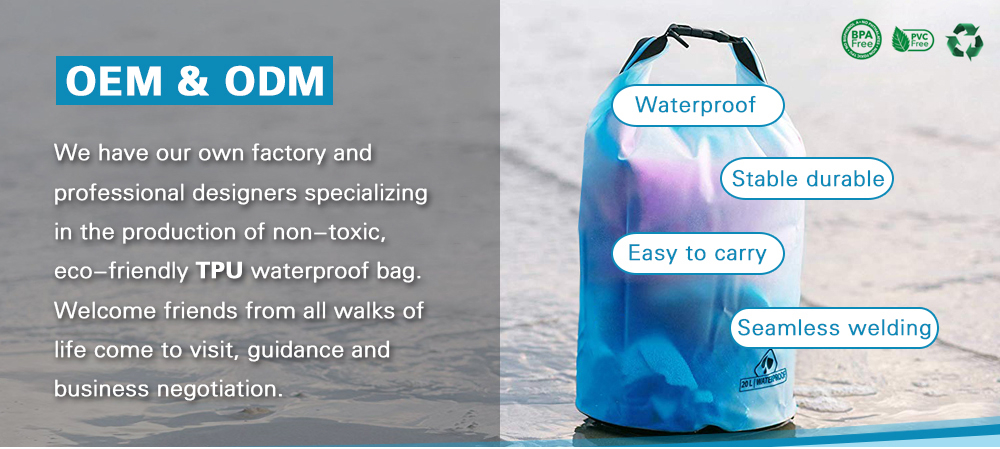Relief Printing Letterpress printing is characterized by the fact that the picture and text on the printing plate are convex and lie in the same plane, and the concave blank part is not coated with printing ink. The letterpress prints are vivid in ink and clear in writing. They can use relatively cheap ordinary paper and have a low paper loss rate. The disadvantages are the long time for plate and pad printing, and the small format for printing plates; the picture quality is inferior to offset printing and gravure plates, and lead alloy pollution is harmful to the environment. Therefore, after the 1950s, it was gradually replaced by other printing methods. Only the flexography (Flexography) made of photosensitive resin can maintain its development trend in package printing and newspaper printing. Lithographic lithography originated from lithographs, and its feature is that there is no clear difference between graphic and text parts on the layout. However, the chemical properties of the two are different: the graphic part is oleophilic and the blank part is hydrophilic. Wet the platen before printing and apply the ink to the graphic section. Due to the heavy and expensive price of the stone plate, it was soon replaced by a surface-polished metal plate and printed on a circular press. In 1905, IWRubel of the United States invented indirect lithographic printing through the transfer of a blanket cylinder. The feature commonly known in China as offset stencil printing is that: there are many fine holes in the upper part of the plate, blank It is closed. Printing ink passes through the graphic part and adheres to the surface of the substrate. Common hole editions are available in both scratch and screen versions. The writing format is simple and convenient, suitable for printing a small number of documents and handouts. It has now been replaced by a copying machine. The screen printing equipment is simple and the plate making is convenient. It can print ink layers up to 30 to 100 μm thick on different substrates. The color is bright and thick, and the prints can be printed and sunburned. The drying speed can be accelerated with infrared rays or hot air or with UV ink. Cured under ultraviolet irradiation. Therefore, it is particularly suitable for the printing of various kinds of printed matter, metal signs, plastic products, ceramic decals, glassware, and printed circuit boards in small and medium-sized batches. It has a wide range of applications, rapid growth, and broad prospects for development. However, screen printing is not suitable for printing trumpet characters. Color screen printing is prone to moire, and printing speed is diffuse. In the field of large-scale books, newspapers and newspapers, it is difficult to compete with other printing methods.
Dry Bag

In summer, you may lack a suitable outdoor dry bag, which needs extremely high waterproof and wear-resistant performance; have a large storage space to hold your equipment and any small items just in case; you also need It can be folded conveniently, so that you can take it with you without forgetting to carry it. The DOING Waterproof Dry Bag meets your needs perfectly.
â— The body of the DOING Dry Sack Backpack is made of environmentally friendly PVC waterproof fabric, with excellent tear and abrasion resistance.
â— Seamless welding technology improves the dry bag's durability while reducing its weight. It greatly expands internal space, and is extremely practical. The IPX6 waterproof rating makes the whole body waterproof.
â— The Dry Bag Backpack seal abandons the traditional zipper design, but adopts a rolled mouth design. This effectively solves the problem of water seepage through the zipper, and further improves waterproof performance.
Dry Bag,Dry Bag Backpack,Dry Sack Backpack,Kayak Dry bag,Waterproof Dry Bag
Danyang Doing Articles Co.,Ltd , https://www.doingarticles.com
